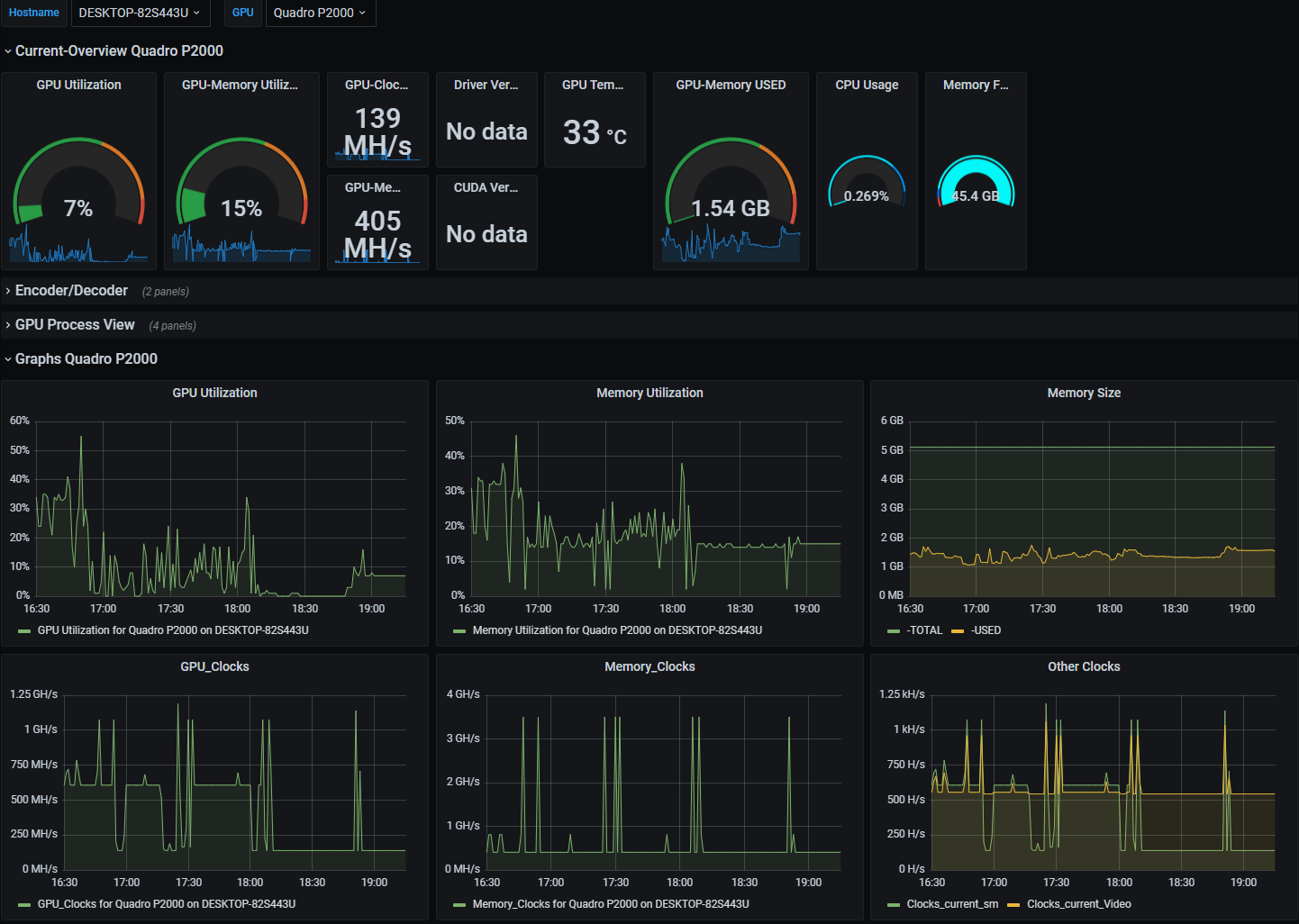How to Monitor Your Virtual Desktop Infrastructure with the Best GPU Monitoring Software

Image Source: FreeImages
With the rise of remote work, organizations are turning to virtual desktop infrastructure (VDI) to enable their teams to work from any location. But this shift to a virtual environment can be complicated and stressful, especially for IT and DevOps teams who need to ensure the performance and availability of their VDI infrastructure.
A simple and cost-effective way to monitor VDI performance is to leverage GPU monitoring software. This software provides visibility into the performance of your GPU-powered virtual desktops, and can even alert you to potential issues before they become problems. With the right GPU monitoring software, you can have peace of mind knowing that your VDI environment is running optimally and your teams are able to work productively.
Why is GPU monitoring software important for VDI?
Virtual desktop infrastructures are used to host desktop-as-a-service applications that employees can access from any device. To enable this access, VDI uses remote desktop services on computers that have hardware-assisted virtualization capabilities, such as NVIDIA GPUs. This hardware acceleration can be a double-edged sword, however, as it also means that unmonitored GPU usage can seriously degrade your VDI performance. There are two major scenarios when VDI-using organizations should monitor their GPUs:
- If your environment has a high GPU density, GPU monitoring is critical to detecting performance issues before they impact your end users.
- If your VDI environment uses virtual graphics cards, GPU monitoring is crucial for identifying performance issues and preventing outages. ## What features should you look for in GPU monitoring software?
There are a few key features to look for when evaluating GPU monitoring software. First, you’ll want to make sure that it integrates with your hypervisor and VDI infrastructure. This will allow the monitoring software to access GPU metrics and performance data from virtual machines and virtual graphics cards.
The next feature to look for is live VDI performance data. This will help you identify bottlenecks and spikes in GPU usage, allowing you to troubleshoot issues or increase the performance of your VDI environment.
Finally, you should make sure that GPU monitoring software offers alerting or notifications, so you can detect issues before they become problems.
https://app.arcade.software/share/rJdH3MVFYHme8GV3IYtx
How to use GPU monitoring software to monitor VDI performance
After installing GPU monitoring software, you’ll want to connect it to your VDI environment. There are two ways to do so:
- Integration with a VDI management console: If your VDI management console is compatible with GPU monitoring software, you can easily integrate the two to bring together your VDI performance data and GPU metrics.
- Using the monitoring software as a VM guest: If your VDI management console is not compatible with GPU monitoring software, you can install the software on each virtual machine running the VDI-hosting OS to integrate it with the GPU metrics.
After connecting your GPU monitoring software to your VDI environment, you can discover performance data, including GPU metrics. This data will help you identify and troubleshoot issues, including:
- Excessive virtual GPU usage: Virtual GPUs, like their physical counterparts, have a finite amount of bandwidth that can be used. When it’s exceeded, performance suffers, and the host application may crash. Excessive virtual GPU usage can also put stress on your VDI environment and the host computer, as well as create challenges for future expansion.
- Insufficient virtual GPU usage: In some cases, you may discover excessive GPU memory or insufficient GPU memory. In both scenarios, the performance of your VDI environment will suffer.

Combine NVIDIA GPU and OS performance metrics
When monitoring your VDI environment, you can also utilize the OS and GPU performance metrics that are collected by NVIDIA GPUs. These metrics can be used to gain a deeper level of insight into your VDI environment, including:
- CPU utilization: The CPU utilization metric measures the utilization of the host CPU, providing insight into the overall capacity of the CPU. This data can be compared against a baseline to identify potential capacity issues that can impact your VDI environment.
- GPU utilization: The GPU utilization metric provides insights into the amount of load that the NVIDIA GPU is receiving. This data can be compared against a baseline to identify potential bottlenecks that can impact the performance of your VDI environment.
- Memory utilization: The GPU memory utilization metric provides insights into the amount of memory that is being consumed by the NVIDIA GPU. This data can be compared against a baseline to identify potential capacity issues that can impact the performance of your VDI environment.
- OS utilization: The OS utilization metric measures the amount of CPU, memory, and disk utilization on the hosting OS. This data can be compared against a baseline to identify potential capacity issues that can impact your VDI environment.

Conclusion
Virtual desktop infrastructures can offer considerable benefits for organizations, but they’re also complicated and challenging to monitor. GPU monitoring software can help you manage your VDI environment by monitoring GPU performance and usage, providing insights that are critical for monitoring and troubleshooting. With the right GPU monitoring software, you can have peace of mind knowing that your VDI environment is running optimally and your teams are able to work productively.
You can start right away monitoring NVIDIA, VMware Horizon using Opvizor and